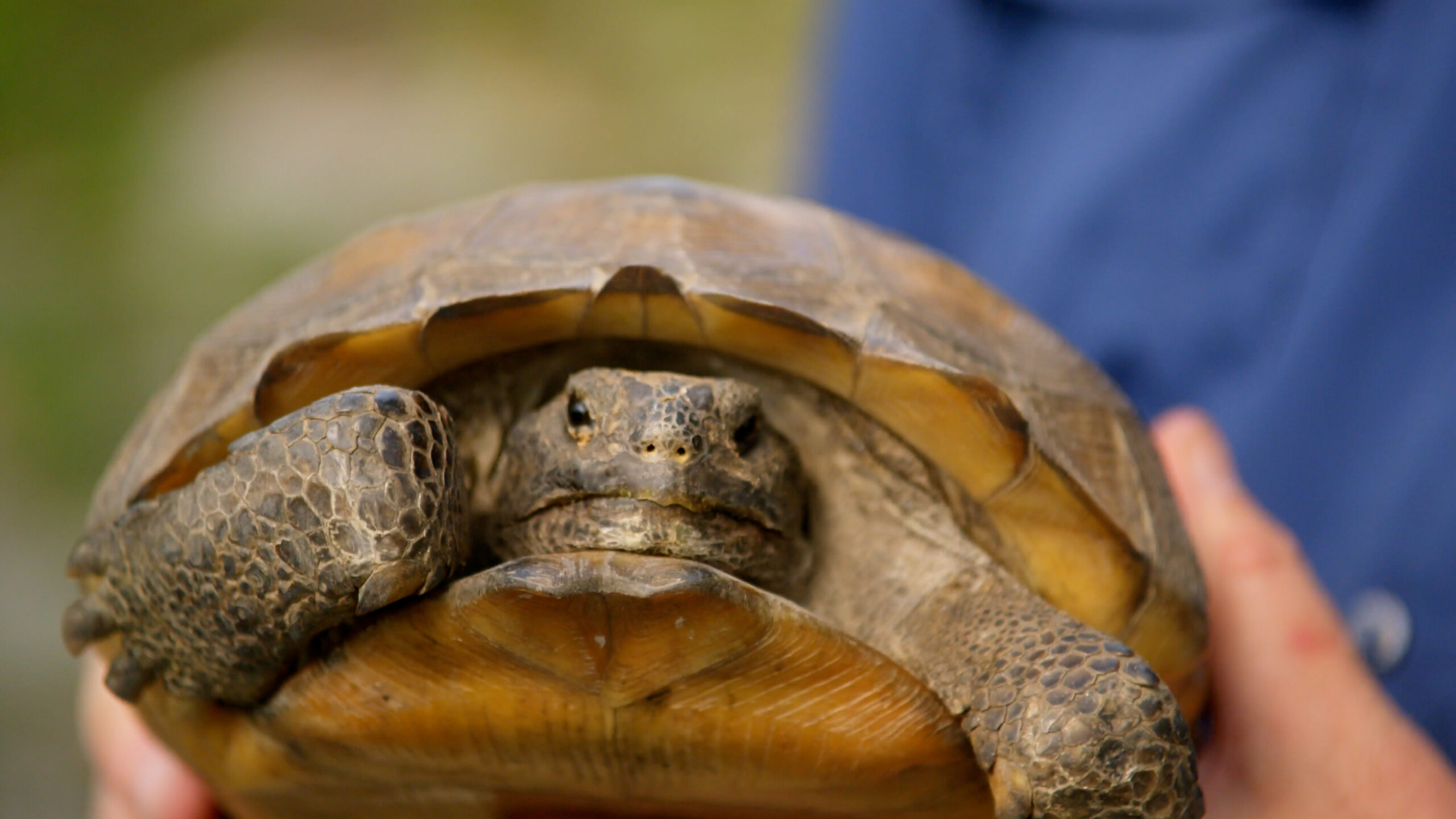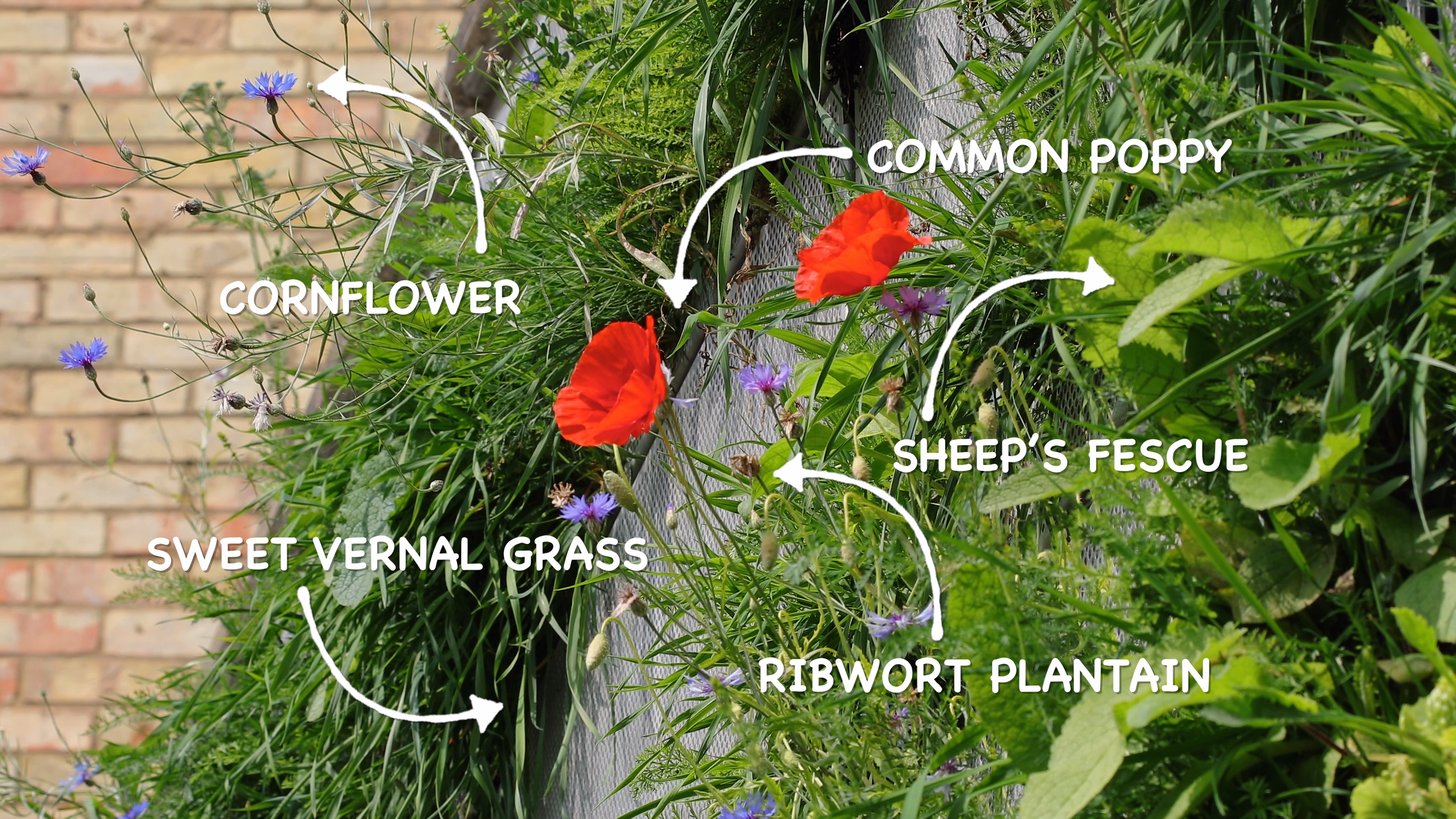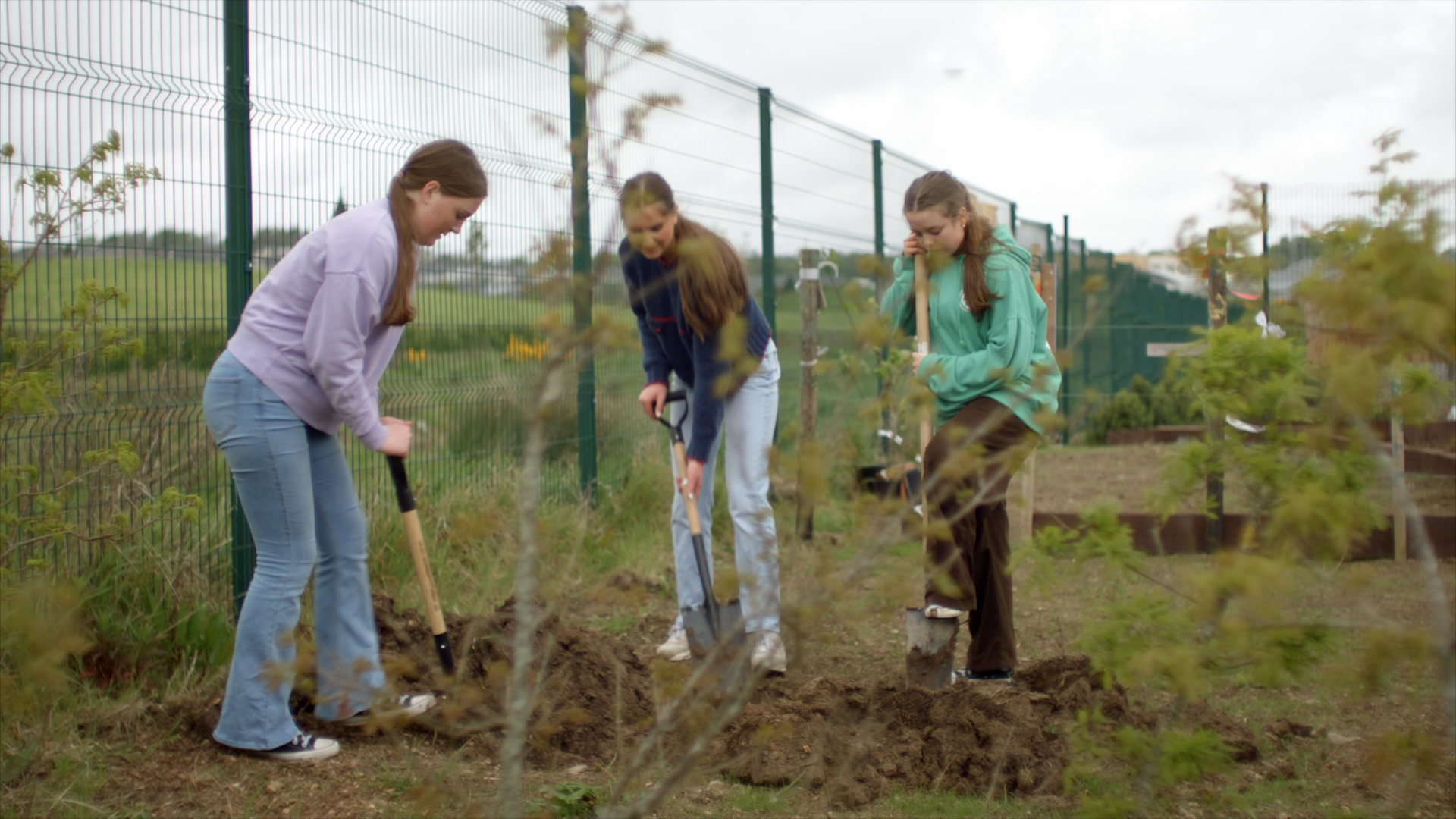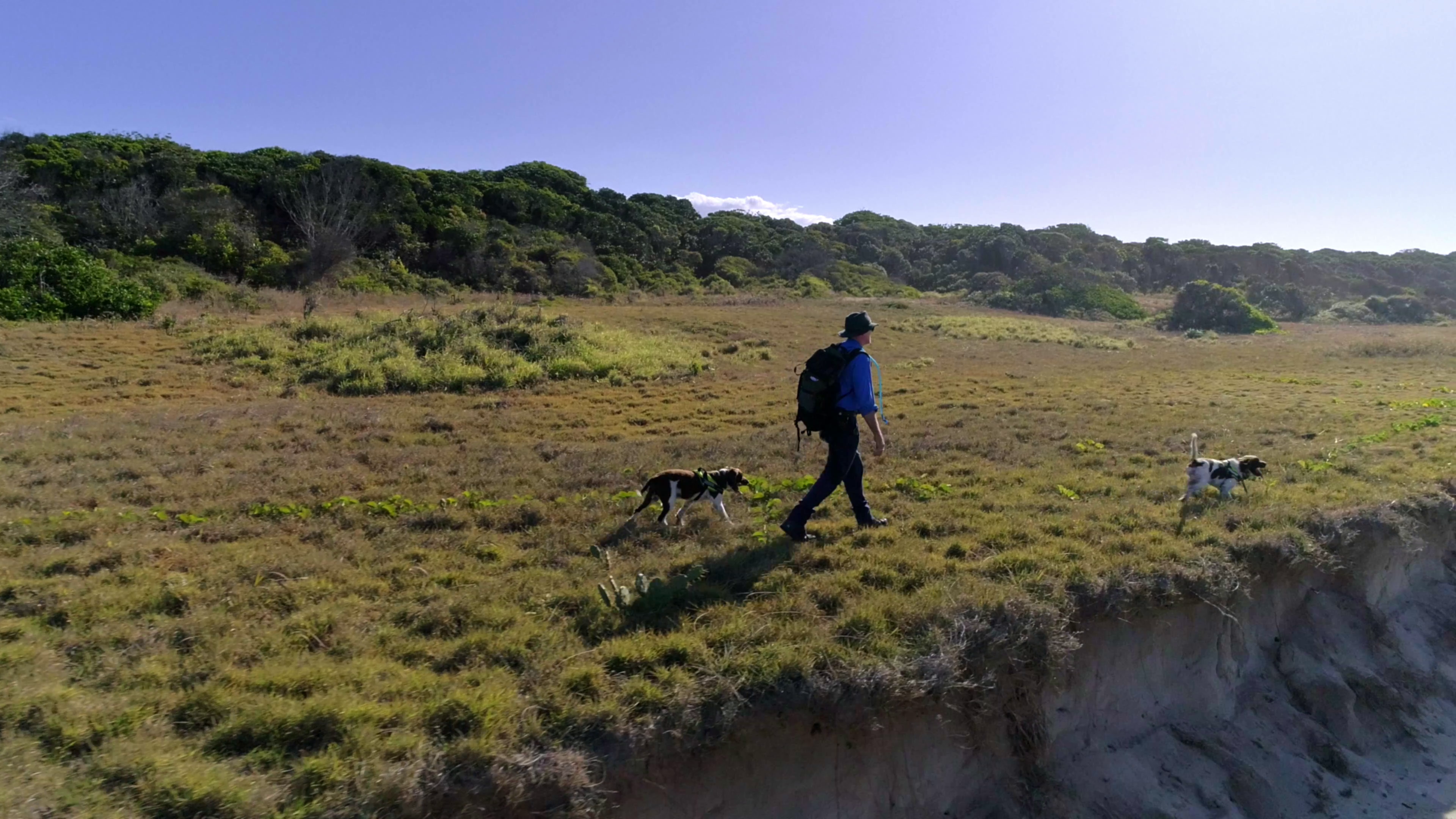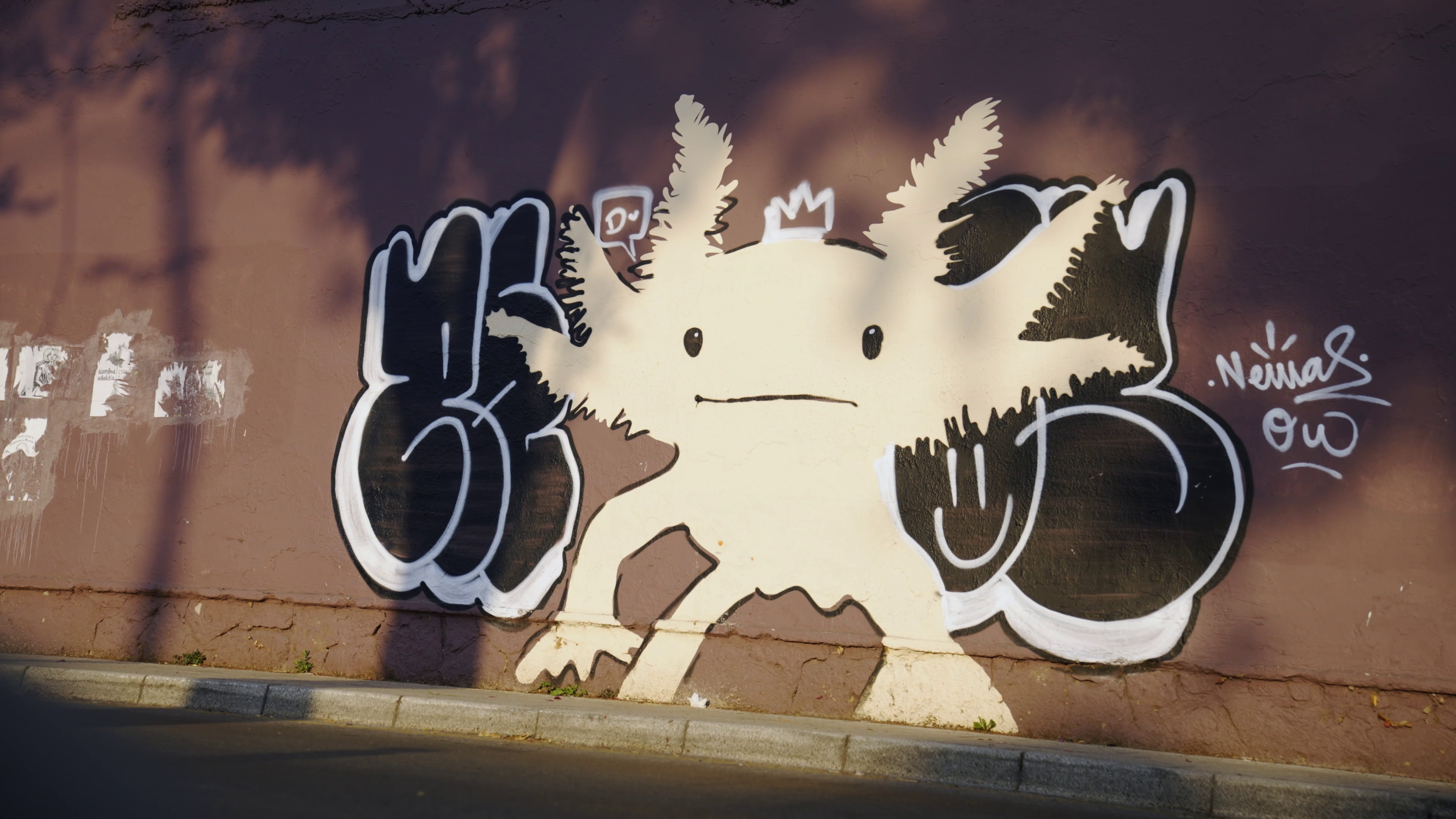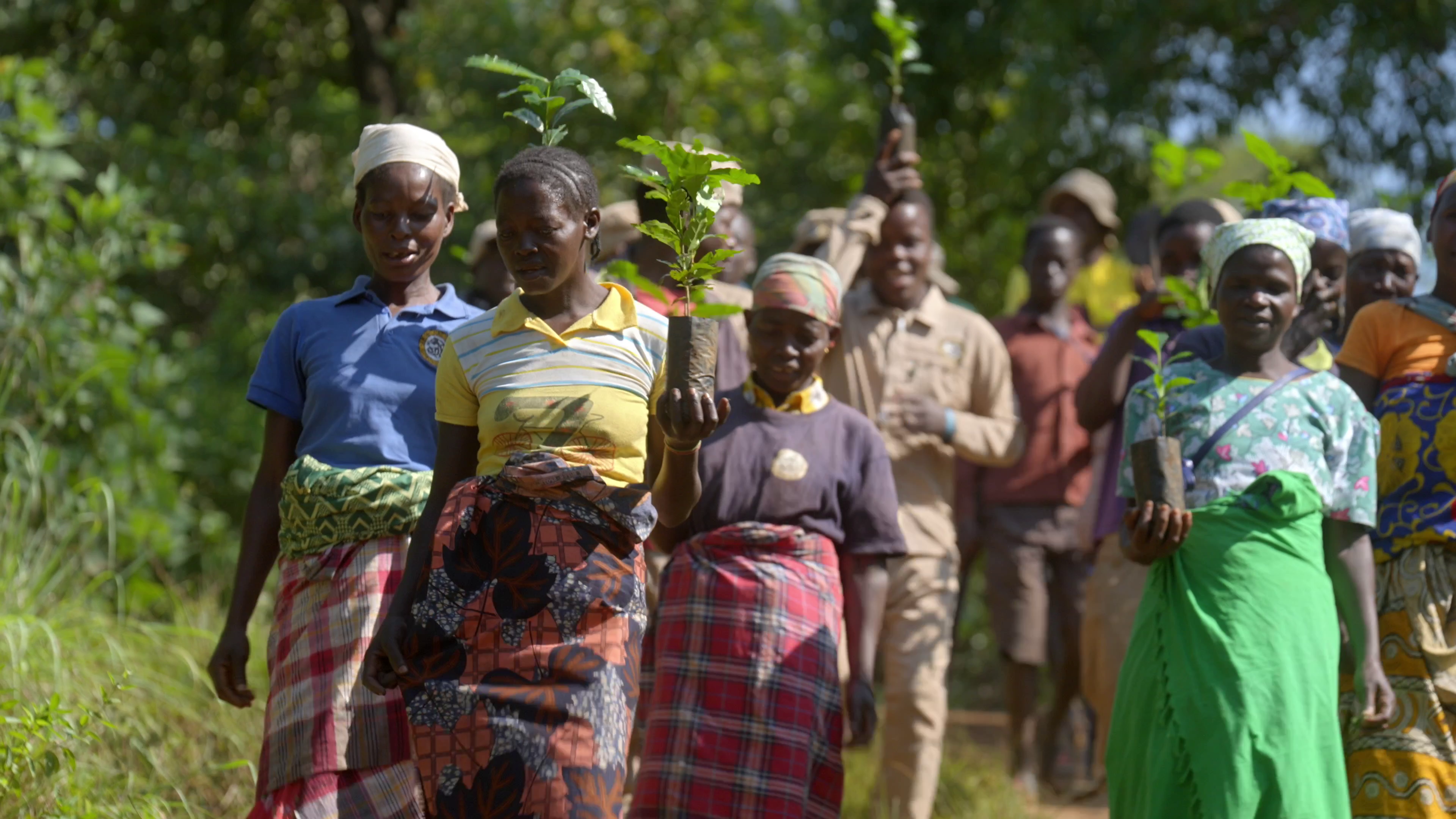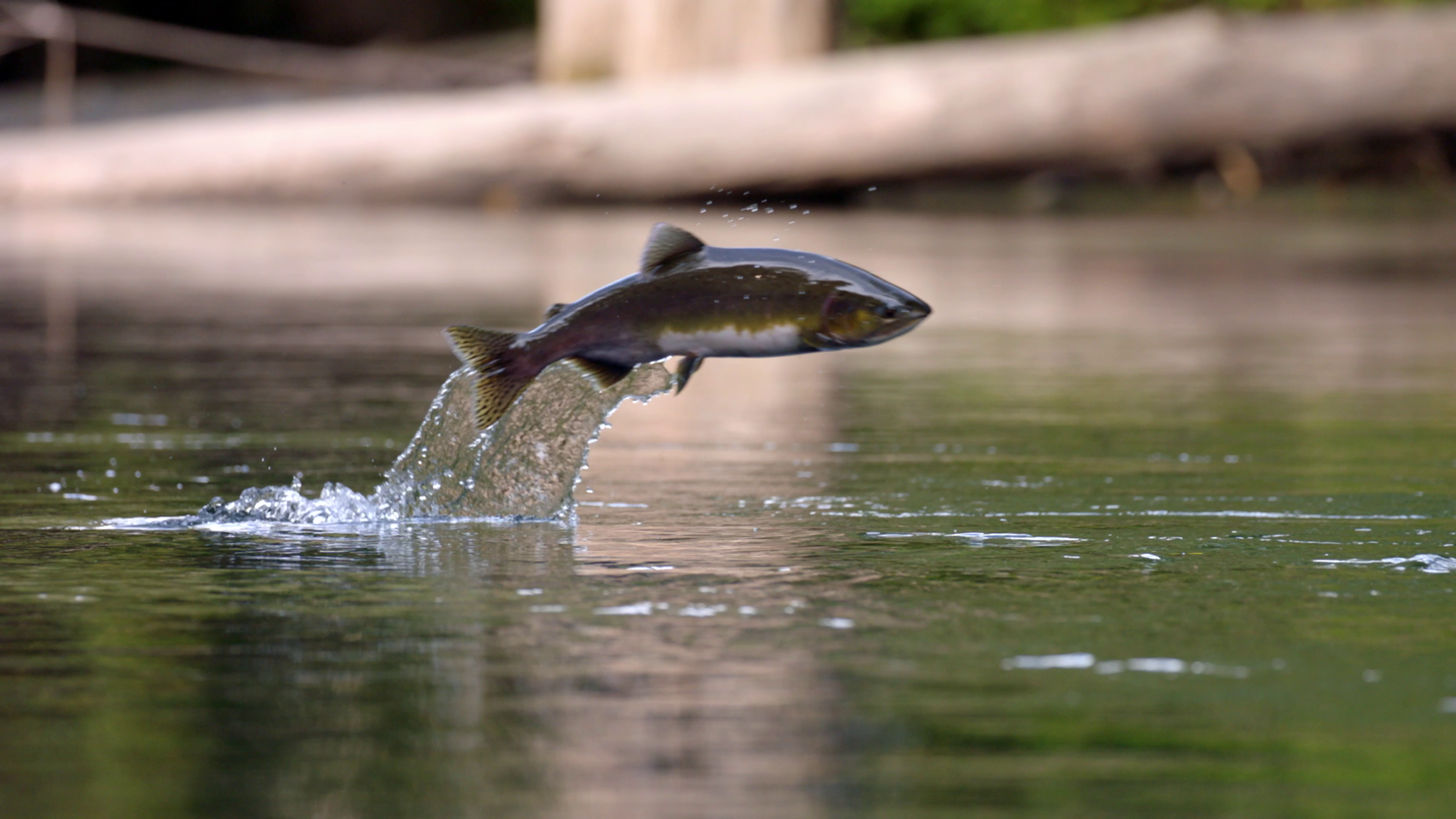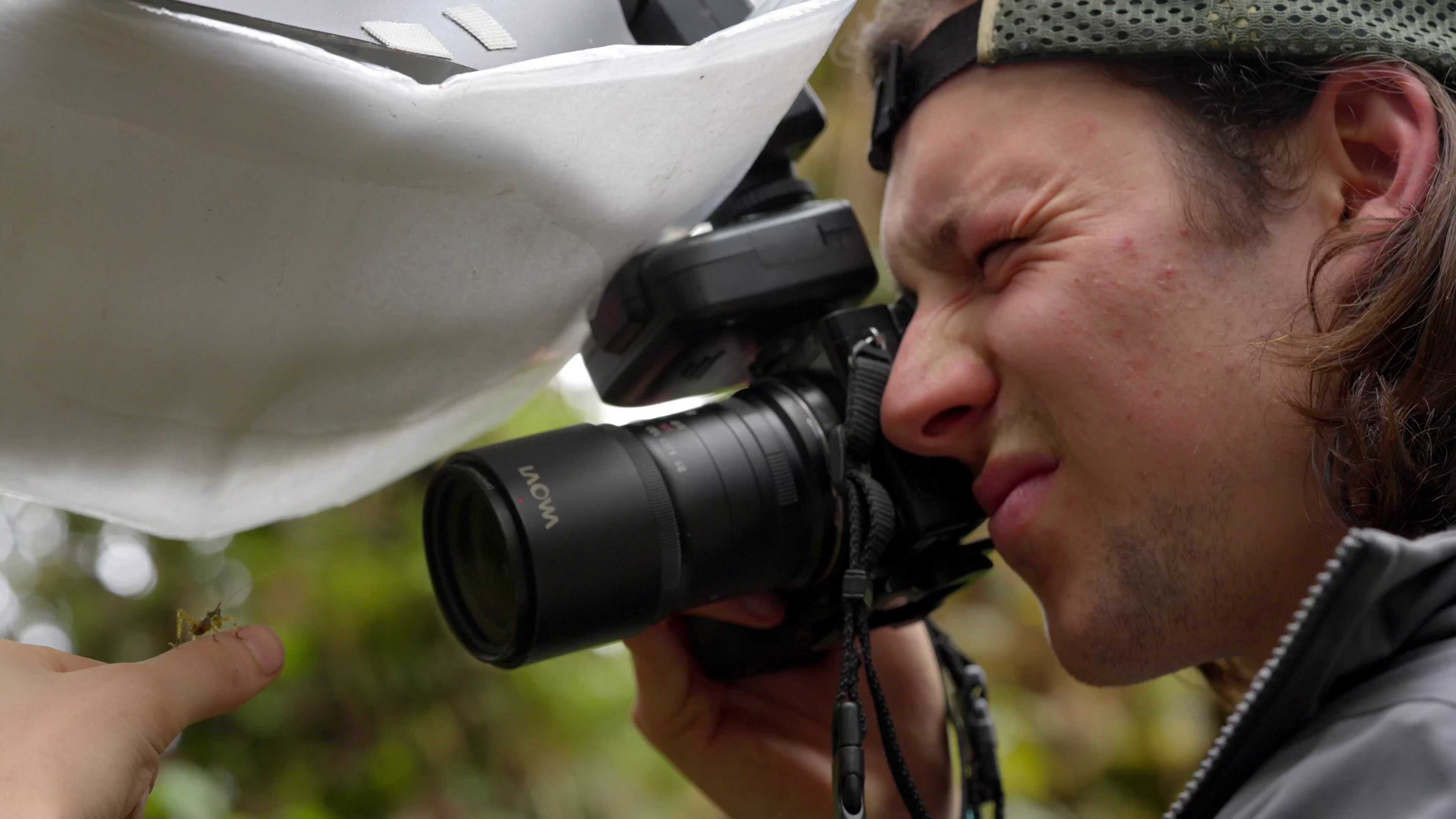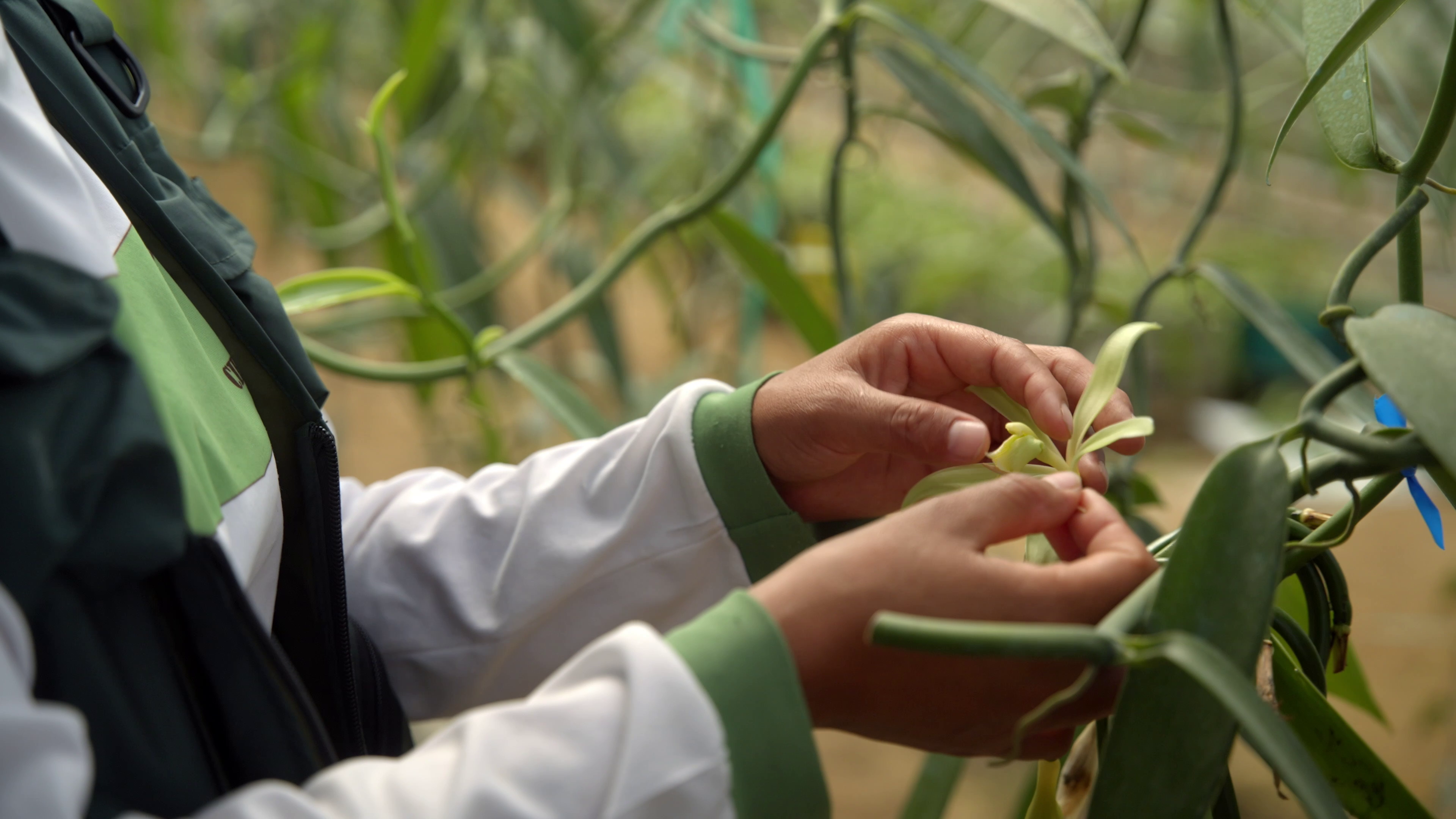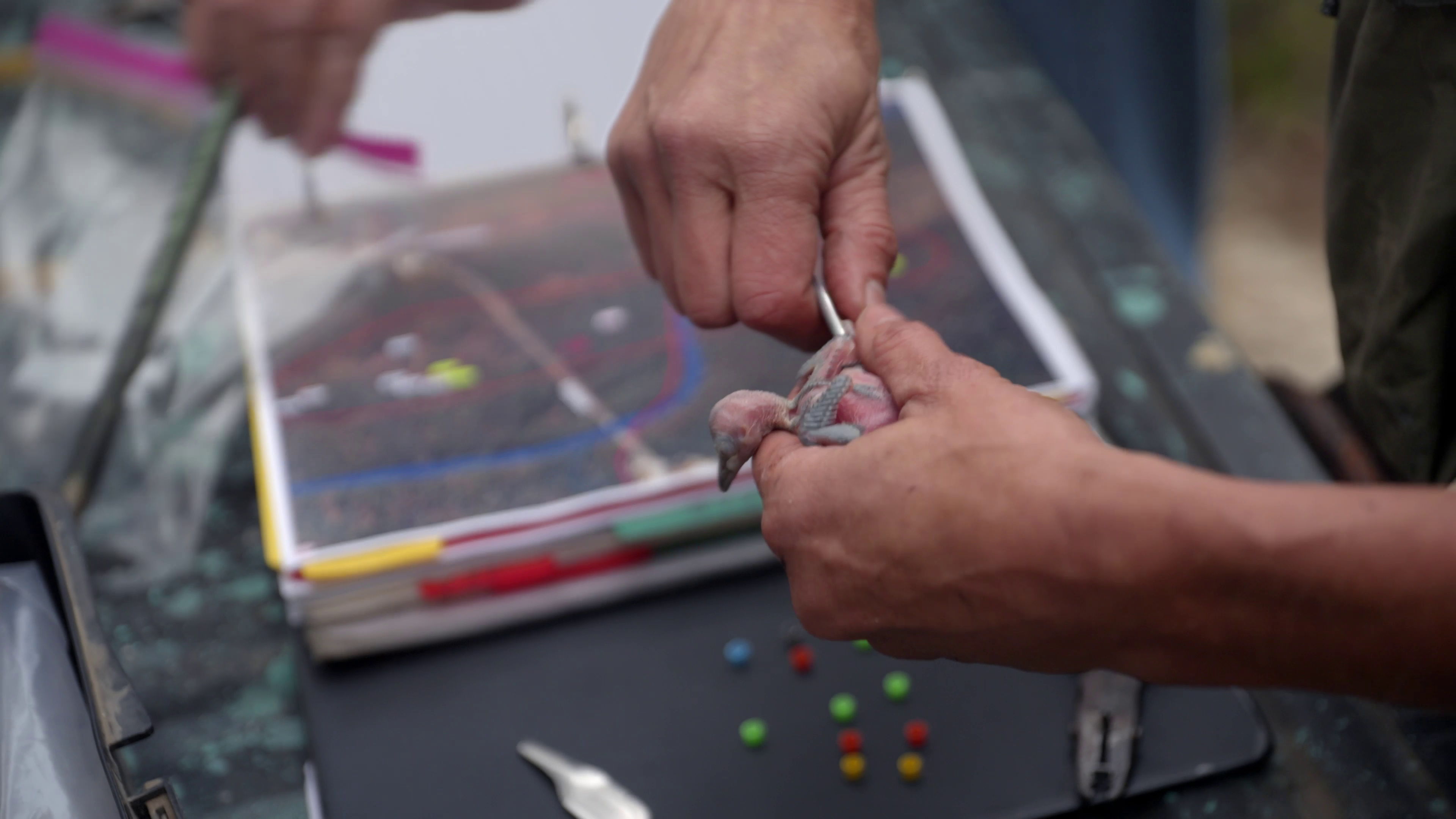Archives: Take Action
-
Learn How to Help Wild Reptiles Near You
Reptiles are in need of support from conservationists and nature-lovers worldwide. Learn how to create more reptile-friendly environments and help build a stronger ecosystem for all types of critters near you.
-
Build a Mini Meadow… Anywhere!
Helping nature take root in cities can often require creativity, dedication, and planning — but when done well, these small patches of greenery provide a necessary patchwork of native plantlife for pollinators that are most in need of our support!
-
Rewild Your Own Patch of Nature
By focusing on weeding invasive plants, reintroducing native species, and letting nature reclaim a foothold, any patch of wild — big or small — can become a bastion for biodiversity.
-
Become an Ally for Protecting Native Species
Scientists and volunteers are already making strides towards protecting native species and reducing the impact of invasive threats worldwide — and they need everyone to get on board with the movement.
-
Support Axolotls & Other Salamanders
As their popularity as pets continues to rise, so does the risk of increasing demand for wild-caught axolotls. Here are some ideas for how you can help this beloved endangered species and other salamanders.
-
Celebrate Gorongosa Park & Its People
The communities around Gorongosa National Park have been investing for decades in eco-friendly agriculture (like sustainable, shade-grown coffee), as well as research-driven wildlife management and the building of an economic framework that supports both the Park's natural ecosystem and its surrounding communities.
-
Help Return Salmon to Native Habitats
Inspired by the success of the Elwha dam removal model, conservation advocates are building diverse coalitions to pursue additional salmon recovery projects across the Pacific Northwest region.
-
How to organize a Bioblitz
Bioblitzes are quick to set up, fun for kids and adults of all ages, and educational for anyone with an interest in understanding local wildlife. But the observations are important for scientists, too!
-
Become a Champion for Biodiversity
The rights of nature movement extends far beyond Ecuador, with advocates seeking and securing legal protections for wild spaces in communities, cities, and countries around the world. Biodiversity loss is local, and so are the solutions to this crisis.
-
Protecting RCWs and longleaf pine forests
The red-cockaded woodpecker is only found in America's dwindling longleaf pine forests, where they create tree cavities that provide homes for other birds and small mammals.
